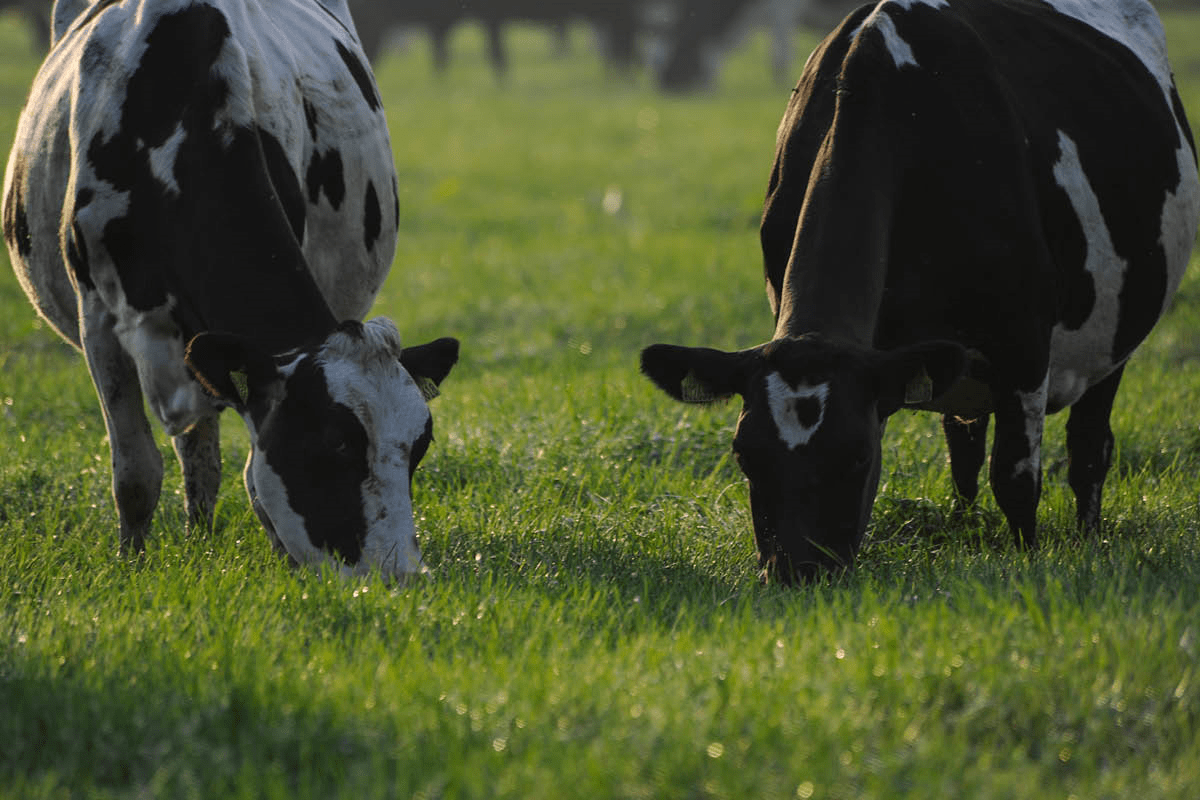Balancing the demands of sustainable food production with business profitability at a time of increased cost pressures is no mean feat.
Maintaining the production of high-quality homegrown forage by regularly reseeding is an essential part of achieving this within your grassland management system.
When planning a reseed, the largest gains can be made by replacing older, less productive swards. New grass seed varieties yield larger quantities of higher quality feed from a similar or lower level of inputs.
Modern plant genetics combine these enhanced production traits with an ability to reduce agricultural emissions, including methane emissions from cattle, benefiting the environment and mitigating the economic cost of producing grass.
Selecting the right pastures
In general, as pastures mature, the amount of weed species tends to increase. These older grasses usually have lower spring and autumn DM yield potential, are of lower quality and are less responsive to nitrogen than modern ryegrasses.

This impacts productivity and the cost of farming efficiently. When a grass sward has a high percentage of these grass weeds and unproductive grass varieties, it’s time to consider reseeding.
Other signs it’s time to reseed pastures are a drop in milk yield from cows grazing a particular field, slow regrowth following a cut or grazing and a poor response to nitrogen.
High-ranking grass seed varieties
The Germinal Top 5 range offers specialist grass seed mixtures for grazing and silage systems, including varieties ranked highly on the Pasture Profit Index (PPI) and Recommended List. These include AberGain, AberChoice, AberClyde, Gracehill and Ballyvoy.
The Aber varieties give the additional environmental benefit of reduced agricultural emissions due to the higher water-soluble carbohydrate content of high sugar perennial ryegrasses.
 They also have greater responsiveness to nitrogen. Use the recommended lists to select the highest quality grass varieties best suited to your farm conditions and system requirements.
They also have greater responsiveness to nitrogen. Use the recommended lists to select the highest quality grass varieties best suited to your farm conditions and system requirements.
Grassland reseeding advice
Weather and ground conditions usually mean there’s more time available to reseed grass swards in spring, but autumn may suit from a feed budget perspective. Whether spring or autumn is best for you, protect your investment and make the most of its benefits by doing it well:
- Test your soil health and correct any deficiencies, aiming for pH 6.2-6.5 and P&K indices of 3
- Ensure a good kill of the old sward - it's the only opportunity for controlling weed grasses
- Create a fine, firm seedbed and roll well to increase seed-to-soil contact and the chance of a successful germination
- Check reseeds regularly during establishment and tackle problems such as pest attacks as soon as possible
Check out our special reseeding guide to learn more.
Reseeding is not only an important part of good grassland management but also a way to improve sustainable food production. Replacing the right swards with the best available grass varieties when they are most needed offers the greatest rewards in productivity and environmental gains from your pastures.
Ask the grass and forage experts
